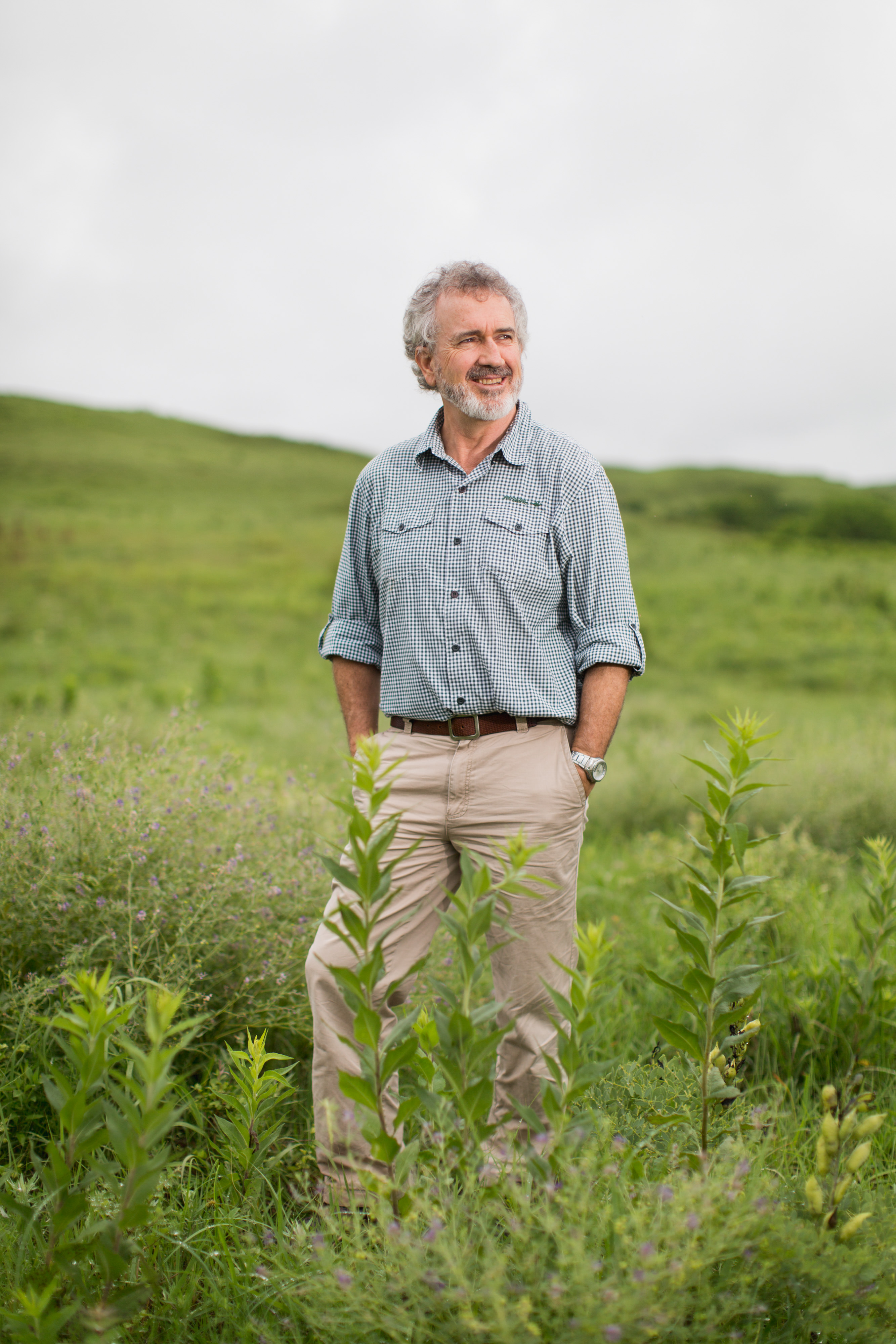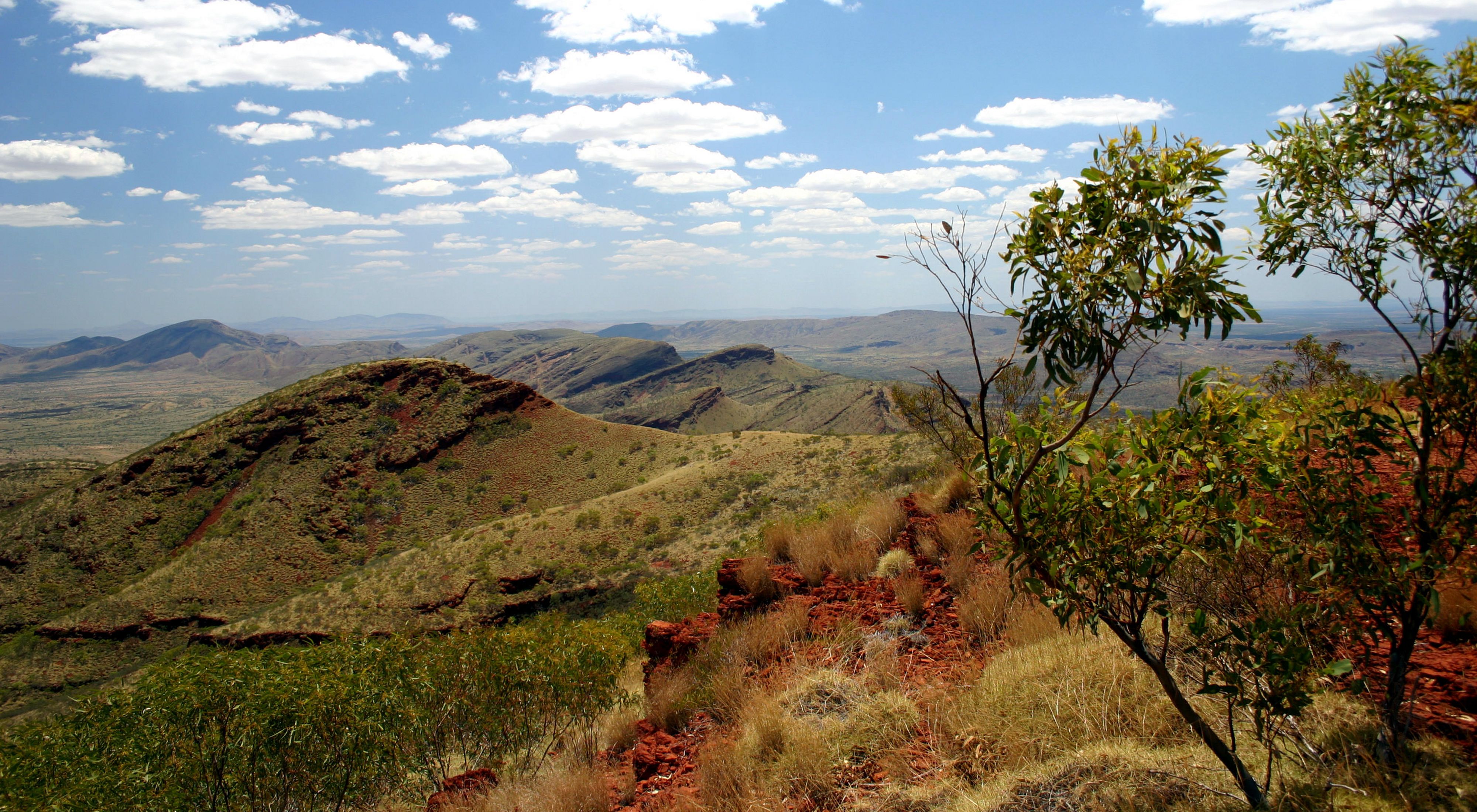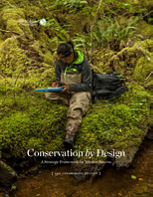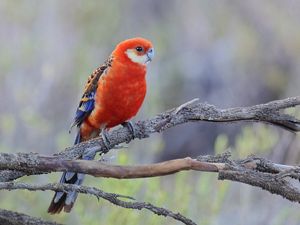For two decades, our work at The Nature Conservancy has been guided by a framework we call Conservation by Design. From the beginning, Conservation by Design has unified our efforts around the world by providing a common language and consistent approach across the diversity of systems, cultures, geographies and communities in which we work.
It has guided us in identifying what to conserve and where and how to conserve it, and in measuring our effectiveness.
Conservation by Design articulates our conservation vision and marries our collaborative, science-based approach with key analytical methods. Around the world, this strategic framework guides TNC and our partners in conserving the lands and waters on which all life depends. We seek solutions that will meet the needs of people, as well as species and ecosystems.
The basic concepts of Conservation by Design are simple: set goals and priorities, develop strategies, take action and measure results.
Read more
Set goals and priorities
Conservation goals describe the results we want to achieve. Based on the best available scientific information and our sophisticated mapping and planning tools, we set both long-term and near-term goals for conserving the abundance and geographic distribution of critical species and ecological systems. Our overall goal is to ensure the long-term survival of all biodiversity on Earth.
And to make the most effective progress toward our conservation goals, we establish priority targets — those places, threats to biodiversity and strategic opportunities that are most in need of conservation action or promise the greatest conservation return on our investment.
Develop strategies
Guided by those priorities, we then work with a range of partners to design innovative conservation strategies toward meeting our goals. Our strategies reflect not just our understanding of ecology and critical threats to biodiversity, but also our assessment of the social, political and economic forces at play. We seek solutions that will meet the needs of people as well as species and ecosystems.
Take action
The Nature Conservancy is committed to place-based results by taking action locally, regionally and globally. The bulk of our resources — human and financial — are spent executing the strategies we develop together with partners. Our actions are varied and agile, but typically include:
- Investing in science to inform decision-making
- Protecting and managing land and waters, as we did at Gayini.
- Forging strategic alliances with a variety of groups from all sectors such as in protection of the Great Western Woodlands.
- Strengthening the institutional capacity of governments and non-governmental organizations to achieve conservation results, through projects such the Ten Deserts Project.
- Developing and demonstrating innovative conservation approaches, such as our work to restore the lost shellfish reefs of southern Australia.
- Generating private and public funding, such as we’ve done with the Murray-Darling Basin Balance Water Fund.
Measure results
We measure our effectiveness by answering two questions: "How is the biodiversity doing?" and "Are our actions having the intended impact?" Tracking progress toward our goals and evaluating the effectiveness of our strategies and actions provide the feedback we need to adjust our goals, priorities and strategies and chart new directions.

Meeting the challenges of the 21st century
We envision a world where the diversity of life thrives, and people act to conserve nature for its own sake and its ability to fulfil our needs and enrich our lives.
But as society struggles to provide enough energy, food, water and other resources to sustain a growing population, solutions are often found at nature’s expense. In this century, we will see hard-earned conservation gains erode unless we stabilise the climate and find better ways to meet these increasing resource needs.
-

Meet our conservation staff
Here in Australia, our team includes highly qualified, experienced and published experts in their fields, so we’re in good hands to achieve our conservation goals. Learn more




